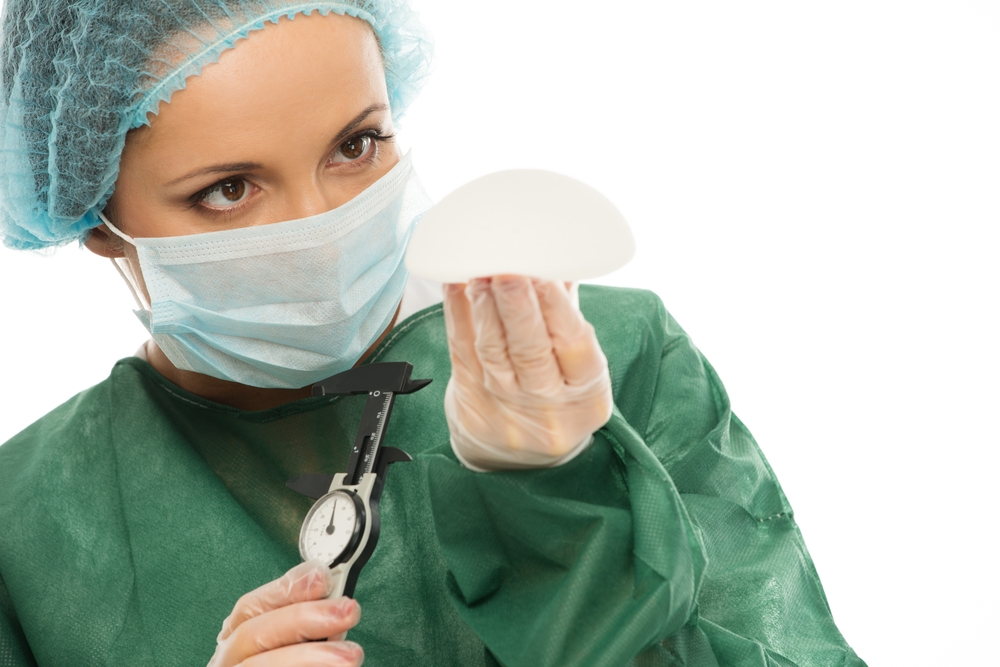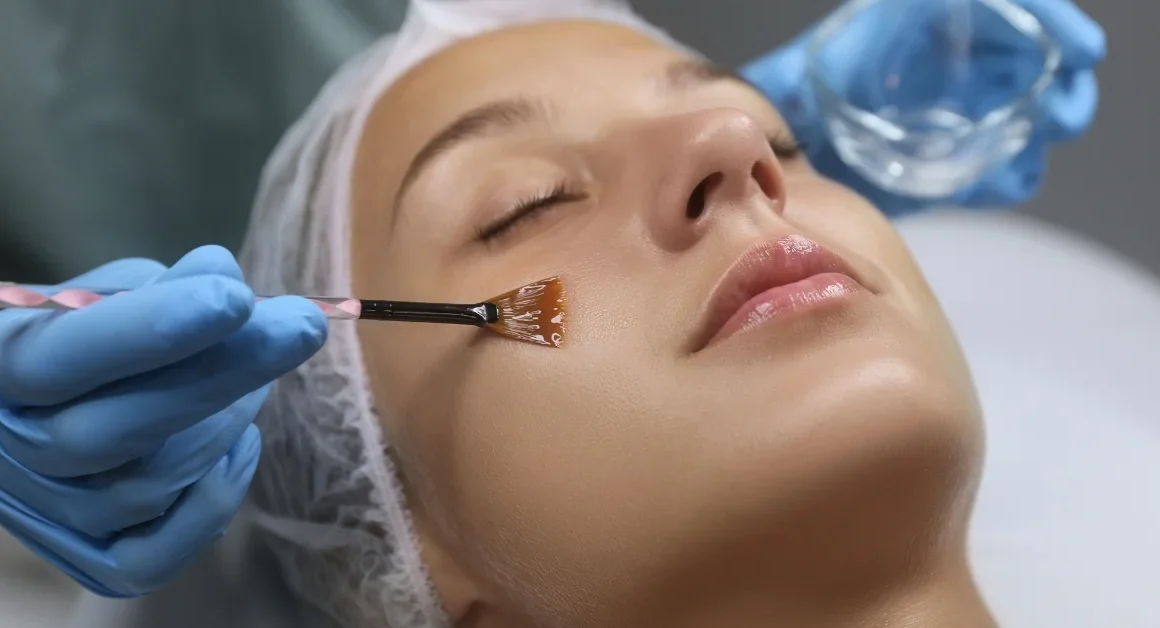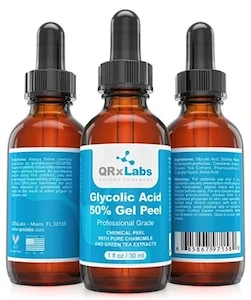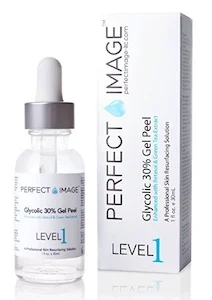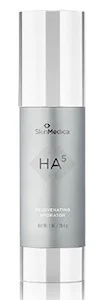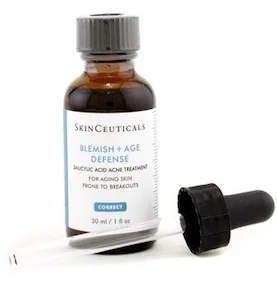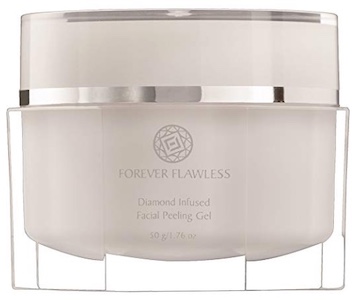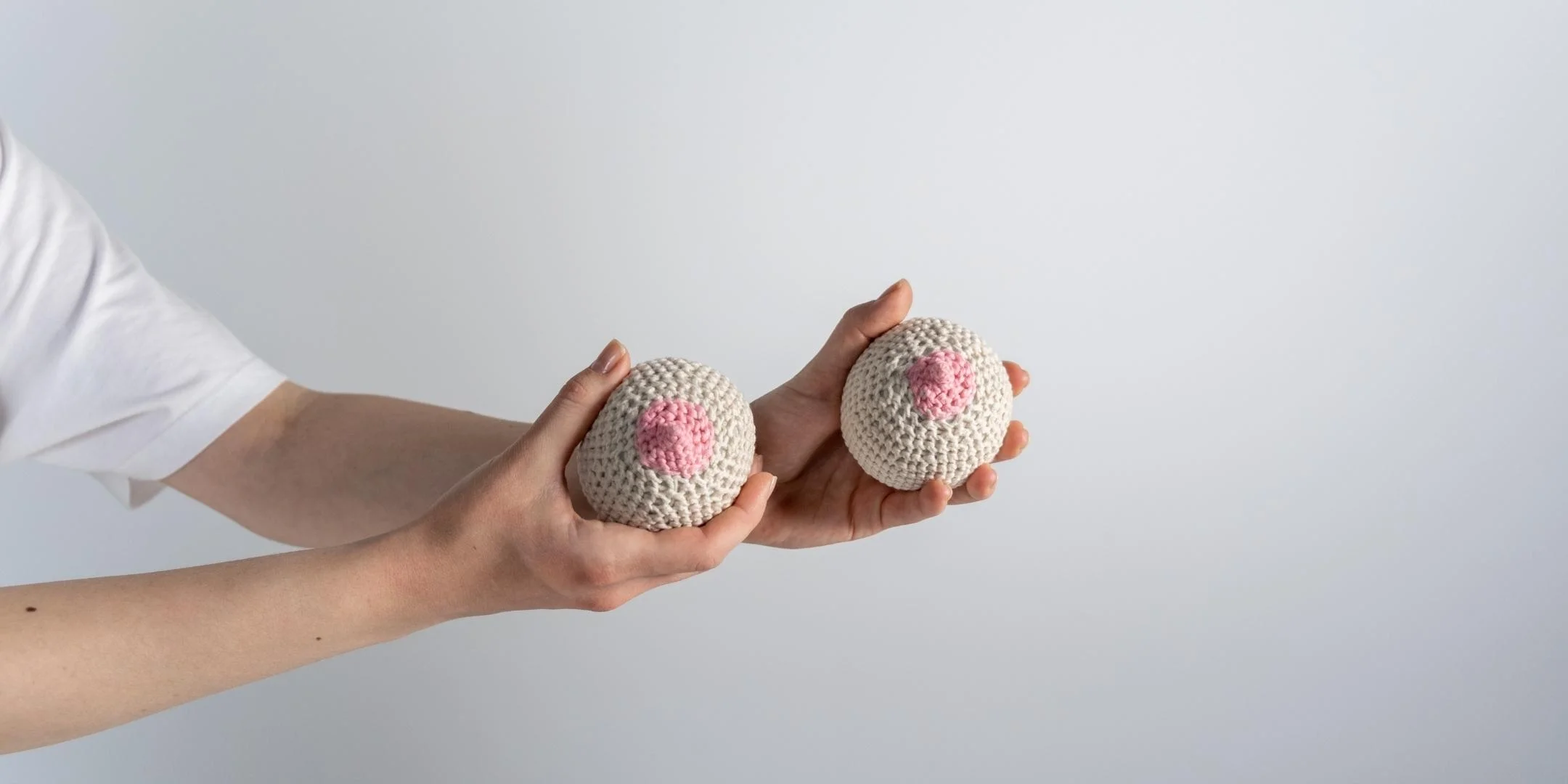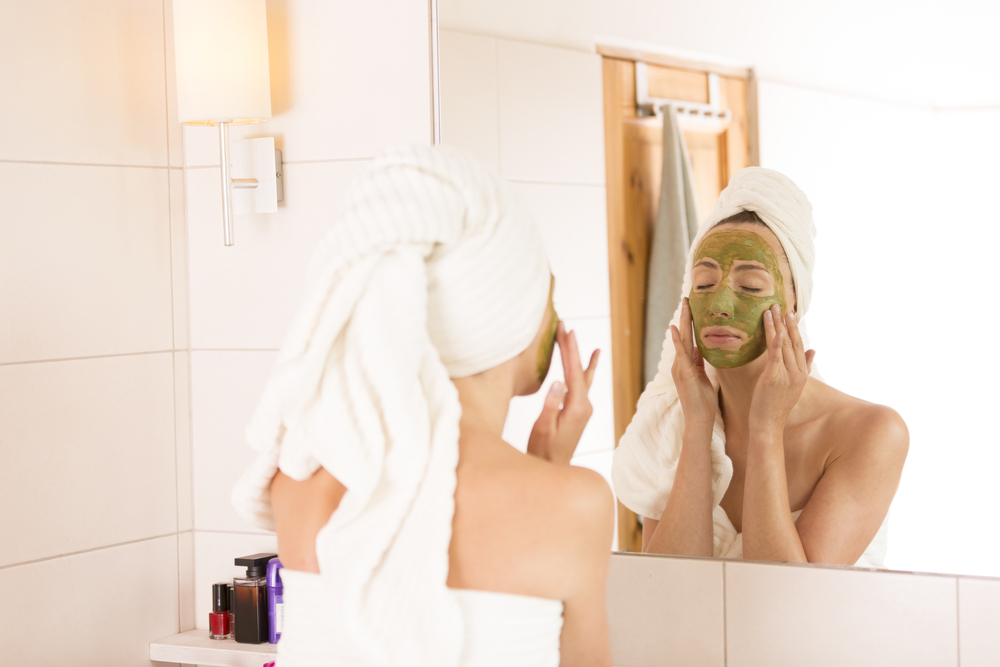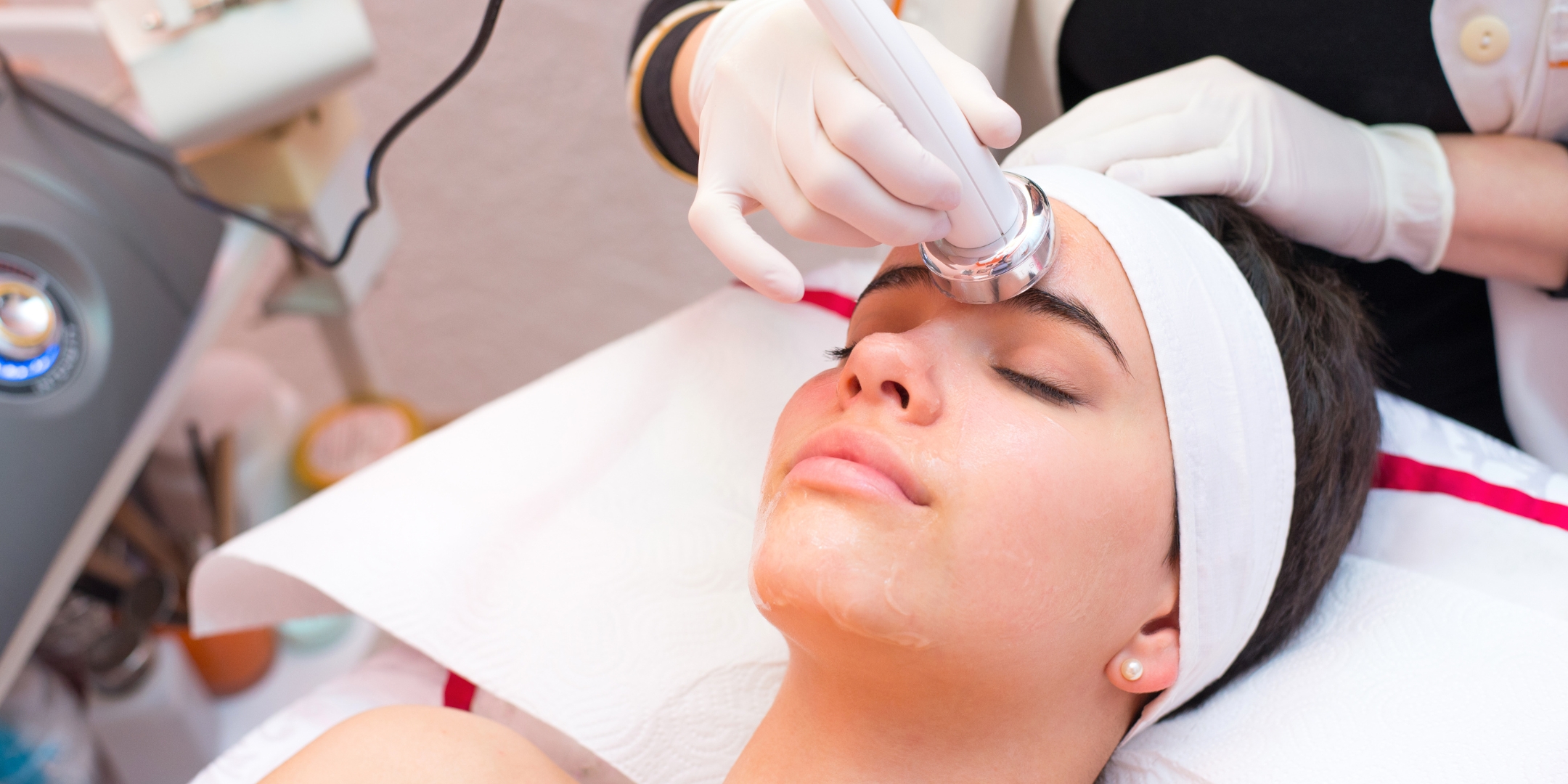Creating your own chemical peel at home is not only a simple and cost-effective way to enhance your skin, but it’s also a fun and rewarding DIY project.
DIY chemical peels mirror the benefits of high-end treatments offered by skincare professionals, delivering a range of beautifying effects without the hefty price tag.
Among the plethora of chemical peels available, this article focuses on the most effective DIY chemical peels that you can easily prepare at home. Whether you’re aiming for skin rejuvenation or targeted treatment, these homemade recipes are both potent and safe for home use.
Understanding the Magic Behind Chemical Peels
Chemical peels work their magic by removing dead skin cells and causing the upper layers of the skin to peel off. This process reveals new, brighter, and smoother skin underneath, transforming your skin’s appearance and texture.
These peels clean and moisturize the skin, offering a quick and gentle method for a radiant skin boost. Despite the intimidating name, these DIY versions primarily use natural ingredients like acids from fruits, antioxidants, and moisturizers to rejuvenate the skin.
DIY chemical peels effectively reduce fine lines, wrinkles, blemishes, acne scars, and enlarged pores. They also help in evening out skin tone and treating dark spots, making them an ideal choice for various skin concerns.
This guide is designed to assist you in exploring the perfect DIY chemical peel to address your unique skin needs, whether it’s a gentle formula for refreshing your skin or a targeted treatment for wrinkles and uneven skin tone.
For professional guidance on deeper chemical peels, visit our doctor directory to consult with a cosmetic expert near you.
Customize Your DIY Chemical Peel to Your Skin Type
By selecting specific ingredients, you can tailor your DIY chemical peel to address your individual skincare needs. Most homemade peels are excellent for treating acne scars as they resurface and rejuvenate the top skin layers.
For dark spots, adding key ingredients like glycolic acid can significantly brighten and even out your skin. Other recipes are perfect for exfoliating rough areas like feet, elbows, knees, and legs.
To create a custom chemical peel, let’s explore some common ingredients and their benefits:
- Glycolic acid: A pivotal ingredient in many peels, glycolic acid, found in cane sugar, sour cream, and various fruits, is ideal for exfoliation, revealing fresher skin.
- Antioxidants: Easily incorporated into your peel with ingredients like citrus juice and berry extracts, antioxidants provide a natural boost to your skin’s health and appearance.
- Natural moisturizers: Ingredients like avocado, honey, or egg whites add hydration to your peel, balancing the exfoliating effect and preventing excessive dryness.
- Aspirin: This OTC analgesic, often added to DIY chemical facial peels, boosts salicylic acid, promoting skin shedding. It effectively treats acne and various skin conditions.
- Lemon: Known for its lightening properties, lemon juice is a popular additive for its antioxidants and skin-correcting abilities.
- Baking soda: As a neutralizer, baking soda ensures the peel’s acidity is balanced, protecting your skin from potential irritations.
Embrace the art of DIY chemical peeling and explore its transformative effects on your skin. You can achieve professional-level results right at home with a touch of creativity and the right ingredients.
Egg White Peel: A Natural DIY Solution for Wrinkles
Ingredients:
- 1 egg white
- 1/2 cup cucumber, deseeded and pureed
- 1 teaspoon fresh lemon juice
Method:
Experience the anti-aging benefits of this simple yet effective egg white peel. Start by whisking one egg white until frothy. Blend it with the pureed cucumber, and add a teaspoon of lemon juice. The result is a smooth, spreadable mixture.
Apply this natural blend to your face, leaving it on for 20 minutes. The egg white works wonders in smoothing out wrinkles, while the cucumber hydrates and refreshes the skin. Rinse off with cool water for a rejuvenated appearance.
AHA Chemical Peel: The Ultimate DIY Moisturizer for Dry Skin
Ingredients:
- 1/4 cup white cane sugar
- 1/4 cup plain yogurt
Method:
This homemade glycolic acid peel is ideal for dry skin. The natural exfoliating properties of cane sugar pair perfectly with the hydrating benefits of yogurt. Not only does it soothe dry skin, but it’s also effective against dark spots.
Mix the cane sugar and yogurt to form a coarse paste. Gently apply this mask to your face, avoiding the eye area. Let it sit for 10-15 minutes, and then remove it with a damp towel and cool water, revealing softer and more radiant skin.
BHA Chemical Peel: A DIY Solution for Oily Skin
Ingredients:
- 1 tablespoon baking soda
- 1 cup water
- 12 uncoated aspirin tablets
- Fresh lemon juice
Method:
Combat oily skin with this homemade BHA chemical peel. Aspirin, rich in salicylic acid, effectively removes excess oil and aids in natural hydration. Baking soda acts as a neutralizer against the acidity of lemon juice.
Mix baking soda into water until fully dissolved, and then set it aside. Crush aspirin tablets with lemon juice to form a paste. Gently apply the prepared mixture to your face, being careful to avoid the eye area. Allow it to dry for about ten minutes, and then gently remove it using a cotton ball soaked in the baking soda solution.
These DIY chemical peels, tailored for specific skin concerns, offer natural and effective solutions for maintaining healthy, glowing skin. Try these easy-to-make recipes at home for a personalized skincare routine.
Revitalize Your Feet: Aspirin Foot Peel
Ingredients:
- 12 uncoated aspirin tablets
- Fresh lemon juice
- A rich moisturizer
Instructions:
Transform your feet with this DIY aspirin foot peel. Start by soaking your feet in warm water for 20 minutes to soften the skin. Crush the aspirin and mix it with lemon juice to form a paste. Dry your feet and apply the mixture, then wrap them in plastic bags for two hours. Rinse off, pat dry, and finish with a generous application of moisturizer. This peel is perfect for rejuvenating your feet, ankles, and legs, leaving them soft and smooth.
Apple Cider Vinegar Peel for Acne Scars
Ingredients:
- 1 teaspoon organic, unfiltered apple cider vinegar
- 1 tablespoon applesauce
Instructions:
Apple cider vinegar is a natural remedy for diminishing acne scars. Mix it with applesauce to create a gentle yet effective facial mask. Apply it to your face for 10-15 minutes, and then rinse off with a soft cloth and water for smoother, scar-free skin.
Cucumber and Tea Peel for Sensitive Skin
Ingredients:
- 1 cup green tea
- 1 cup chamomile tea
- 1 small cucumber
- 1 teaspoon unflavored gelatin
- 4 ounces of water
Instructions:
Soothe and rejuvenate sensitive skin with this unique cucumber and tea peel. Brew the teas, mix them with gelatin, and add blended cucumber to create a paste. Chill for 30 minutes, and then apply to your face for 15-20 minutes before rinsing off. This peel offers relief from irritation and reduces swelling, leaving your skin calm and refreshed.
At-Home Chemical Peels and Alternatives: Top Products
For those seeking more efficient alternatives to homemade peels, several at-home chemical peels are available. While some professional-grade peels should only be used by licensed professionals, many brands offer safe at-home solutions. Here’s a curated list of the top at-home chemical peels and some alternative options for your skincare routine.
Enhance Your Skincare with QRxLabs Glycolic Acid 50% Gel Peel
QRxLabs’ Glycolic Acid 50% Gel Peel harnesses the power of glycolic acid, an effective alpha hydroxy acid, to deliver a range from superficial to medium chemical peels at home. Enhanced with green tea and chamomile extract, this gel peel provides an antioxidant boost. It’s an ideal choice for addressing fine lines, wrinkles, and hyperpigmentation. Each bottle offers up to 20 treatments, making it a cost-effective addition to your DIY skincare routine.
When considering a DIY chemical peel, products like QRxLabs’ Glycolic Acid 50% Gel Peel offer a professional-grade option for those looking to enhance their at-home skincare. This peel aligns with the growing trend of high-quality, homemade chemical peels, providing an accessible and effective solution for various skin concerns.
Incorporating a product like this into your regimen can be a game-changer, particularly for those seeking to replicate the results of a spa chemical peel at home. With its easy application and potent ingredients, it’s a prime example of how professional results can be achieved within the comfort and privacy of your own space.
For those exploring the world of DIY facial peels, such products offer a reliable and efficient alternative to completely homemade solutions. Whether you’re looking to reduce signs of aging, even out skin tone, or simply give your skin a rejuvenating boost, QRxLabs’ Glycolic Acid 50% Gel Peel is a standout choice in the realm of DIY chemical peels.
Experience Rejuvenation with Perfect Image Glycolic Acid 30% Gel Peel
Perfect Image Glycolic Acid 30% Gel Peel stands out as a versatile solution for those looking to combat signs of aging right at home. It combines glycolic acid with green tea extract, retinol, and cucumber extract, creating a powerful blend that effectively targets fine lines and wrinkles. Each bottle offers 15 to 20 treatments, making it a valuable addition to your DIY skincare arsenal.
This peel is more than just a skincare product; it’s a commitment to ethical practices, being cruelty-free, and using sustainable raw materials. It’s an ideal choice for the environmentally conscious consumer who doesn’t want to compromise on quality or efficacy.
In the realm of DIY chemical peels, the Perfect Image Glycolic Acid 30% Gel Peel provides a professional-grade solution for home use. It’s especially beneficial for those looking for an easy-to-use, effective treatment to enhance their skin’s appearance and texture without the need for a spa visit.
Whether you’re new to chemical peels or a seasoned enthusiast, this gel peel is a fantastic option for achieving spa-quality results in the comfort of your own home. Its natural extracts and acids blend to make it a potent yet gentle solution, suitable for various skin types and concerns.
SkinMedica HA5 Rejuvenating Hydrator: Advanced Skin Care at Home
The SkinMedica HA5 Rejuvenating Hydrator brings the luxury of clinic-grade skincare into your home. Utilizing a unique blend of five types of hyaluronic acid alongside Vitis flower stem cell extract, this hydrator excels in smoothing and hydrating the skin. Recommended for twice-daily application, it’s a key step in a comprehensive skincare regimen, especially for those seeking to maintain youthful, hydrated skin.
This product demonstrates SkinMedica’s expertise in skincare, offering a high-quality solution for those who prefer at-home treatments. It’s an excellent choice for individuals looking to incorporate a scientifically advanced hydrator into their daily skincare routine.
With its focus on hydration and rejuvenation, the SkinMedica HA5 Rejuvenating Hydrator is especially beneficial for those who are looking to address dryness, fine lines, and overall skin texture. It represents a fusion of nature and science, bringing clinically proven results to the convenience and comfort of your home.
Target Acne and Aging with SkinCeuticals Blemish + Age Defense
From the creators of the renowned Advanced Corrective Peel, SkinCeuticals offers the Blemish + Age Defense serum, a potent at-home treatment that synergizes acne control with anti-aging benefits. This product is infused with salicylic acid, a key ingredient in many superficial chemical peels, renowned for its efficacy in balancing skin tone and maintaining clear pores.
The Blemish + Age Defense serum is a prime example of a DIY chemical peel that targets specific skin issues like acne and signs of aging. Its unique formula offers a dual-action approach, fighting breakouts while simultaneously reducing the appearance of fine lines and wrinkles.
For those seeking an effective homemade facial peel solution, SkinCeuticals’ product stands out as a practical and professional-grade choice. It’s especially suitable for individuals looking to integrate a powerful, multi-functional serum into their home skincare regimen.
In the landscape of DIY skin care, the Blemish + Age Defense serum presents a straightforward, efficient option for achieving clearer, younger-looking skin. Whether used as part of a comprehensive skincare routine or as an occasional treatment, its effectiveness in dealing with both blemishes and aging symptoms makes it a valuable addition to any DIY skincare arsenal.
As the demand for high-quality, at-home chemical peels continues to grow, products like SkinCeuticals Blemish + Age Defense are becoming increasingly popular. They offer an accessible way to enjoy professional skin care benefits without leaving home, fitting perfectly into the modern DIY beauty culture.
Elevate Your Skincare with Forever Flawless Diamond Infused Exfoliator
For those seeking a gentler alternative to traditional chemical peels, the Forever Flawless Diamond Infused Exfoliator offers a luxurious and effective solution. This high-end exfoliator utilizes ultra-fine diamond powder, a unique ingredient known for its superior exfoliating properties. The diamond particles work meticulously to remove dead skin cells, resulting in your skin appearing refreshed and rejuvenated.
Unlike typical DIY chemical peels, this exfoliator focuses on gentle yet effective cleansing, making it an excellent choice for anyone looking for a less intensive but equally rewarding skincare regimen. It cleans out pores thoroughly, promoting a smooth, clear complexion free from acne and other impurities.
The Forever Flawless Diamond Infused Exfoliator stands out in the world of homemade facial peels and exfoliants. It offers a touch of luxury while delivering tangible results, making it a favored option for those who prioritize both quality and efficacy in their skincare products.
This exfoliator is not just about the physical benefits; it also adds an element of indulgence to your skincare routine, transforming it into a spa-like experience. Whether you’re using it as part of a comprehensive DIY skincare regimen or as a standalone product, the Forever Flawless exfoliator is sure to elevate your beauty routine.
In the evolving landscape of DIY skin care, where consumers are increasingly seeking effective, luxurious, and easy-to-use products, the Forever Flawless Diamond Infused Exfoliator is a shining example. It successfully blends the appeal of a lavish spa treatment with the practicality and accessibility of at-home skincare, making it an invaluable addition to any beauty enthusiast’s collection.


